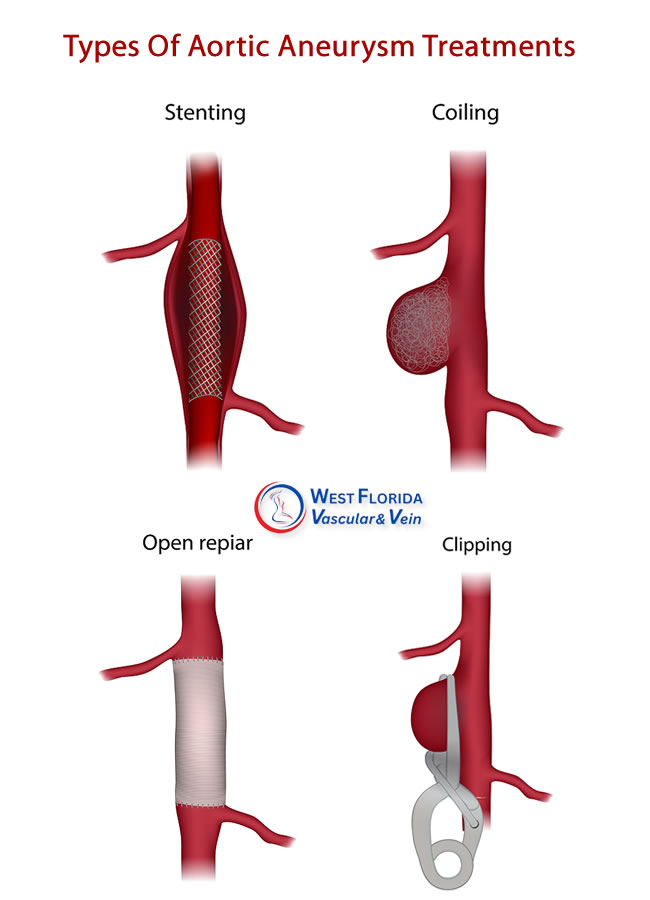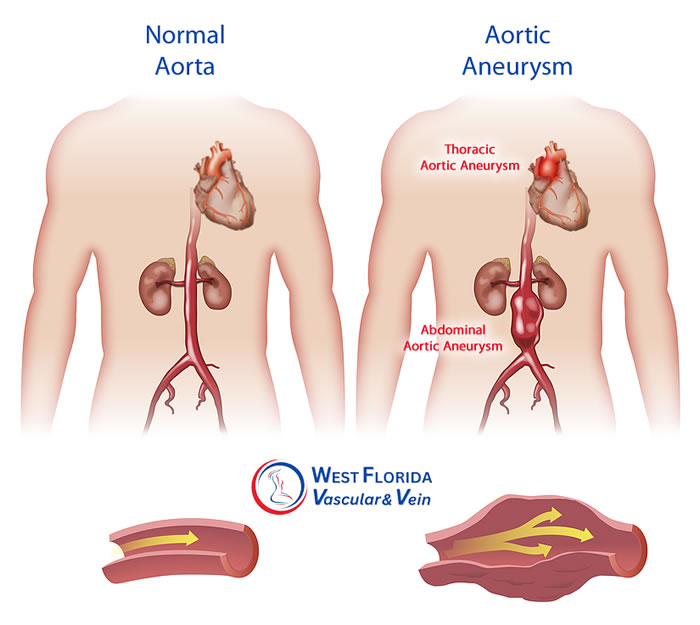Aortic aneurysm surgery, whether it’s Endovascular Abdominal Aortic Aneurysm (AAA) Repair, Thoracic Aortic Aneurysm Repair, or Open Surgical Repair, can involve some degree of pain or discomfort.
After thoracic aortic aneurysm repair surgery, patients may experience emotional changes in addition to physical discomfort during the recovery period, which can last up to 6 weeks. Similarly, following endovascular aortic aneurysm repair, soreness can be expected at the sites where the catheters were inserted, typically lasting for 1 to 2 weeks.
For traditional open aneurysm surgery, patients typically require hospitalization for recovery ranging from three to ten days, during which time they may experience post-operative pain. After abdominal aortic aneurysm repair surgery, the incision may remain sore for several weeks.
The first few days after a sternotomy (open chest surgery), often used in thoracic aortic aneurysm repair, are usually the most painful, with soreness potentially lasting up to a month. However, pain tends to lessen significantly after the first week.
Regardless of the type of aortic aneurysm surgery, post-operative pain is generally managed with medications, and patients are closely monitored during their recovery.
Remember, everyone’s experience with pain is different, and your healthcare team will work closely with you to manage any discomfort you may experience after surgery.

 Under the expert guidance of our Board Certified Vascular Surgeon, Dr. Mark Zuzga, our team of Vein Specialists & Vascular Experts are committed to delivering top-tier outpatient vascular & vein evaluation and treatment throughout the greater Tampa & West Florida surrounding areas. Should you find yourself dealing with leg pain, swelling, ulcers, discoloration, or the appearance of spider and varicose veins, we invite you to request a screening today
Under the expert guidance of our Board Certified Vascular Surgeon, Dr. Mark Zuzga, our team of Vein Specialists & Vascular Experts are committed to delivering top-tier outpatient vascular & vein evaluation and treatment throughout the greater Tampa & West Florida surrounding areas. Should you find yourself dealing with leg pain, swelling, ulcers, discoloration, or the appearance of spider and varicose veins, we invite you to request a screening today

